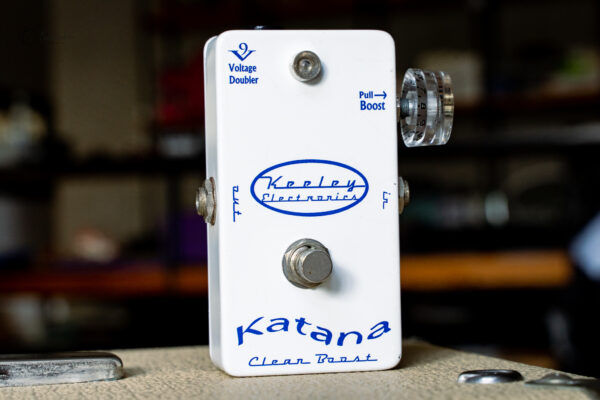
Bushveld music based on the Zulu were reinterpreted by such singers as Marais and Miranda. The most prolific composers of "tiekie draai" Afrikaans music were lyricist Anton De Waal who wrote many hit songs with songwriters, pianist Charles Segal ("Hey Babariebab Se Ding Is Vim", "Kalkoenjie", "Sy Kom Van Kommetjie" and many others) and accordionist, Nico Carstens. Zydeco-type string bands led by a concertina were popular, as were elements of American country music, especially Jim Reeves. Du Plessis' works included chamber music, orchestral pieces, and many pieces for the piano.Īfrikaans music was primarily influenced by Dutch folk styles, along with French and German influences, in the early twentieth century. Hubert Du Plessis, on the other hand, was a very strong Afrikaner nationalist, and experienced a "growing consciousness" of his heritage which made him proud to compose such pieces. Stefans Grové was one of the first white composers to incorporate Black African music into his compositions, and openly rejected apartheid ideals in an effort to fuse his "Western art and his physical, African space." Arnold Van Wyk became known for his government-endorsed nationalistic compositions, though he himself was reluctant to support the apartheid administration. All three composers were White South Africans, yet harbored very different views on Apartheid, which was state policy at the time. They incorporated African musical elements into their worship, thus inventing South African gospel music, which remains one of the most popular forms of music in the country today.Ĭlassical and art music in South Africa reached its zenith of popularity in the mid-20th century and was primarily composed by a triumvirate of Afrikaner composers known as the "fathers of South African art music." These composers were Arnold van Wyk, Hubert du Plessis, and Stefans Grové. In the early twentieth century, Zionist Christian churches spread across South Africa. Marabi, which happens to be a keyboard style of play traceable to the 1920s are mostly made up of Jazz with instruments like guitar and banjo. His company, Gallo Record Company, remains the largest and most successful label in South Africa, having had acclaimed artists such as Solomon Linda, Ladysmith Black Mambazo, Miriam Makeba, Mahlathini and the Mahotella Queens and many more pass through the recording studios.

Gallo went on to produce music in South Africa, beginning in 1933. Pre war, in the 1930s, when Eric Gallo's Brunswick Gramophone House sent several South African musicians to London to record for Singer Records. These included a marabi/ swing fusion called African jazz and jive, a generic term for any popular marabi style of music. By the 1930s, however, marabi had incorporated new instruments - guitars, concertinas and banjos - and new styles of marabi had sprung up.

Practitioners played marabi on pianos with accompaniment from pebble-filled cans, often in shebeens, establishments that illegally served alcohol to black people.

Marabi, a style from the slums of Johannesburg, was the early "popular music" of the townships and urban centres of South Africa. In the early-twentieth century governmental restrictions on black people increased, including a nightly curfew which kept the nightlife in Johannesburg relatively small for a city of its size (then the largest city south of the Sahara). In the 1890s Orpheus McAdoo's Jubilee Singers popularised African-American spirituals. By the end of the nineteenth century, South African cities such as Cape Town were large enough to attract foreign musicians, especially American ragtime players. Modern country's early musician Enoch Sontonga wrote the Southern African national anthem Nkosi Sikelel' iAfrika in 1897. Early records of music in southern Africa indicate a fusion of cultural traditions: African, European and Asian.


 0 kommentar(er)
0 kommentar(er)
